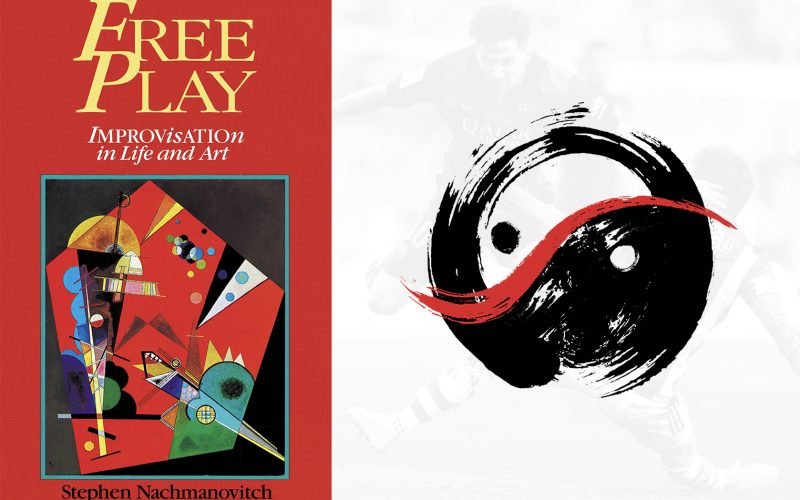As I have written about previously (see here & here), the greatest leaps in my understanding of sports performance to date, have been inspired by books unrelated to sport.
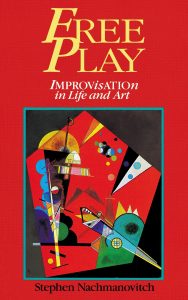
Free Play by Stephen Nachmanovitch (https://amzn.to/2Z3n1G3) is one of these books. The subject matter is; ‘Improvisation, in life and art’. It was this printed on the front cover, that drew me to the book, as the concept of improvisation has been of interest for some time. Are all great performers not ultimately ‘improvising’ within their realm of performance, just making it up as they go along? They can’t possibly know what is going to happen before they take to their arena of competition, otherwise what would be the point in competing?
So I dove into this book eager to learn more about improvisation but was greeted with a passage on the Hindu concept of Lila, another concept I am familiar with and interested in, but never have I seen it described as eloquently as this:
“There is an old Sanskrit word, lîla, which means play. Richer than our word it means divine play, the play of creation, destruction and re-creation, the folding and unfolding of the cosmos. Lîla, free and deep is both delight and enjoyment of this moment and the play of God. It also means love.
Lîla may be the simplest thing there is – spontaneous, childish, disarming. But as we grow and experience the complexities of life, it may also be the most difficult and hard-won achievement imaginable, and it’s coming to fruition is a kind of homecoming to our true selves.”
This was music for my eyes, for play as a concept is one that has grown in its importance to me since reading the wonderful book ‘Play’ by Dr Stuart Brown and through previous inspiration from Piaget, Jordan Peterson and subsequently Jaak Panksepp; so finding this book, that linked play and this concept of Lila with that of improvisation and performance (in a musical/artistic realm) was exciting, so much so I read the whole book within a few days and have read it twice since.
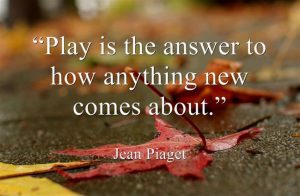
For me, the absolute pinnacle of performance in any realm is play. ‘Free play’ is a wonderful way of describing this state – where the limiting factors to performance have been stripped away and the individual is able to express their purest self through the medium of their chosen discipline. How few have actually reached this state within sport to the point of being able to find it consistently within competition, but when they do how we worship them! God’s of movement and skill, who seem to operate under different laws of space and time to those around them. Messi, Federer, Lomachenko, Gretzky and Ali; is free play the notion that connects these masters of sport?
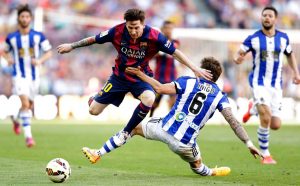
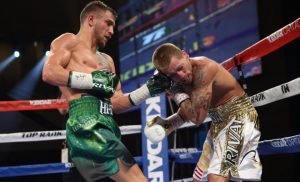
However, in finding this consistent factor between them we’re left with nothing to grasp. For all this points to the need for them to strip away resistance towards a representation of their purest self. ‘Via negativa’ (a process of reduction rather than addition) as Nassim Taleb coins it. Where does this leave the Western mechanistic model of elite performance? Constantly looking for novel ways to dissect performance, hoping that in controlling each and every individual factor it will piece back together into an elite machine capable of winning as often as possible. I’m not suggesting that this model can’t produce champions, there is plenty of evidence out there to show it absolutely can. But a champion is a long way from a master. Can it produce Masters? I’d argue not.
Mastery comes from a holistic understanding of the self and the environment the self operates in. This can’t be mastered in part, but in total. Involving every element of the individual and their competitive arena. With every nuanced ‘inefficiency’ as much a part of the master’s performance as their efficiencies. It is through a playful exploration of their sport that they have come to clearly understand their constraints, the constraints of many different opponents, and the constraints of different environments; they therefore understand fully and implicitly where they are free and what adjustments need to be made within any moment for them to succeed.
Where ‘Free Play’ excels itself as a book on mastery, is in Nachmanovitch’s understanding of the balance between play/exploration and discipline. Discipline represented by constant practice and development of technique. The following lines are some of the best descriptions of the link between practice and performance that I’ve ever come across:
“If we split practice from the real thing, neither one of them will be very real.”
“The most frustrating, agonising part of creative work, and the one we grapple with every day in practice, is our encounter with the gap between what we feel and what we can express…
… Technique can bridge this gap.”
However; “…when we see technique or skill as a ‘something’ to be attained, we again fall into the dichotomy between ‘practice’ and ‘perfect’, which leads us into any number of vicious circles…
…Competence that loses a sense of its roots in the playful spirit becomes ensconced in rigid forms of professionalism.”
This last statement, for me, is where Western ideas of performance are stuck. Probably largely to do with the financial rewards now so associated with modern sport. However, the paradox is that the largest financial rewards are often reaped by the Masters – those who capture the fans’ attention and adoration with displays of skill and mastery in their competitive arena, time and time again. Nachmanovitch further elucidates the difference between Eastern and Western traditional modes of thinking and how they relate to performance and practice:
“The Western idea of practice is to acquire a skill. It is very much related to our work ethic, which enjoins us to endure struggle or boredom now in return for future rewards. The Eastern idea of practice, on the other hand, is to create the person, or rather to actualise or reveal the complete person, who is already there… Not only is practice necessary to art, it is art.”
I could rewrite quotes from the book for many more pages. It’s a wonderful book and I couldn’t recommend it highly enough for coaches.
The Eastern idea, mentioned above, of actualising or revealing the complete person was an inspiration for our aim to “Cultivate Heroes” when we started Areté Performance a few years ago. For like growing a plant, there is no ‘creation’ – everything the plant can become is contained within a simple seed and only through the careful cultivation of the horticulturalist, can the seed bloom to its full potential.
Understanding the balance between Free Play and Discipline that Nachmanovitch describes is crucial for us as coaches. Utilising both but always ensuring we’re not becoming too rigid and that we’re protecting the playful spirit that drew many top performers to their sport in the first place. At Areté we think of treading the balance between these two realms as ‘surfing the curve’, as represented by the Areté Yin Yang below.
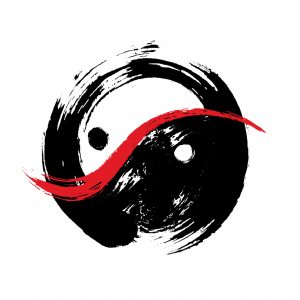
Free Play by Stephen Nachmanovitch (https://amzn.to/2Z3n1G3)
The Art of Is by Stephen Nachmanovitch (https://amzn.to/2uUPm3A)
Zen & The Art of Motorcycle Maintenance by Robert Pirsig (https://amzn.to/2WZB3GX)
Lila by Robert Pirsig (https://amzn.to/2P5t7RQ)
Antifragile by Nassim Taleb (https://amzn.to/2ULYSEM)
Skin in the Game by Nassim Taleb (https://amzn.to/2v3OysZ)

